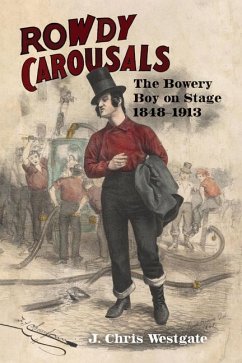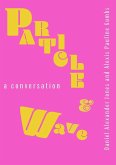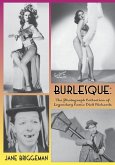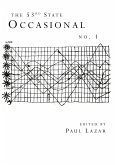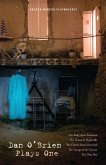"Combining performance theory with original archival research, Rowdy Carousals makes important interventions in nineteenth-century theater history with regard to the Bowery Boy, a rowdy, white, urban character, most famously exemplified by Mose from A Glance at New York in 1848. First, this book greatly expands the stage history of the Bowery Boy which was not limited to Mose but rather included Mose's compeers and descendants who rollicked through sketches, comedies, and melodramas from the antebellum decades to the Progressive Era. Second, Rowdy Carousals argues that theatrical representations of the Bowery Boy legitimated and disseminated images of working-class whiteness that facilitated class and racial formation in the United States. The Bowery Boy's rowdyism during the antebellum period helped instantiate a concept of a working-class alongside the emergent definitions of the middle class, a tension which was slowly mediated by the appropriation and disciplining of the character by the turn of the century. At the same time, theatrical representations of the Bowery Boy emphasized the privileges of whiteness against nonwhite workers including slaves and free African Americans during the antebellum period, an articulation of white superiority that continued through the early twentieth century with immigrants such as Jews, Italians, and the Chinese. The examination of working-class whiteness on stage, in the theater, and in print culture in Rowdy Carousals invites theater historians and critics to check the impulse to downplay or ignore questions about race and ethnicity in discussion of the Bowery Boy. This study, finally, suggests links between the Bowery Boy's rowdyism in the nineteenth century and the resurgence of white supremacy in the early twenty-first century"--
Hinweis: Dieser Artikel kann nur an eine deutsche Lieferadresse ausgeliefert werden.
Hinweis: Dieser Artikel kann nur an eine deutsche Lieferadresse ausgeliefert werden.

